Messy
For a long time after I learned about how traumatic experiences and their effects, I was frustrated about why we weren’t implementing the information about that across the board. The benefits of understanding why our bodies responded in the way they did was obvious to me. It could help so many people heal and truly experience less shame, resulting in less freeze state and more engaged living. Who doesn’t want that?
I didn’t understand until later that if we would validate what had been injurious and traumatizing to an individual, that often meant that they would also reflect on their behavior in other relationships in their life. And often because of their injuries, they were injurious to others. This was often excruciating to them. That pain is enough to stop anyone from doing any kind of soul searching.
The picture we are sold about having a polished, smooth life with little adversity feels like the ideal doesn’t it? Parents want to make sure their kids never struggle, or experience pain, embarrassment or scarcity. This is understandable, because as Gabor Mate says “All of Western medicine is built on getting rid of pain, which is not the same as healing. Healing is actually the capacity to hold pain”
What if it wasn’t about getting rid of it, but learning how to heal with it?
Life has pain in it. I don’t want to say I am an advocate for pain, and create pain in anyway. But I often feel like we create more pain by trying to avoid pain. And if we can learn how to heal, truly heal, by accepting that we may have made mistakes, what kind of freedom does that create? That we can recognize that neurobiologically our brains are built for struggling and adversity and are made better and more resilient for experiencing difficulties. I’m not saying abuse, but not having a perfectly polished experience benefits us. It is important. It’s healing to be a little messy.


